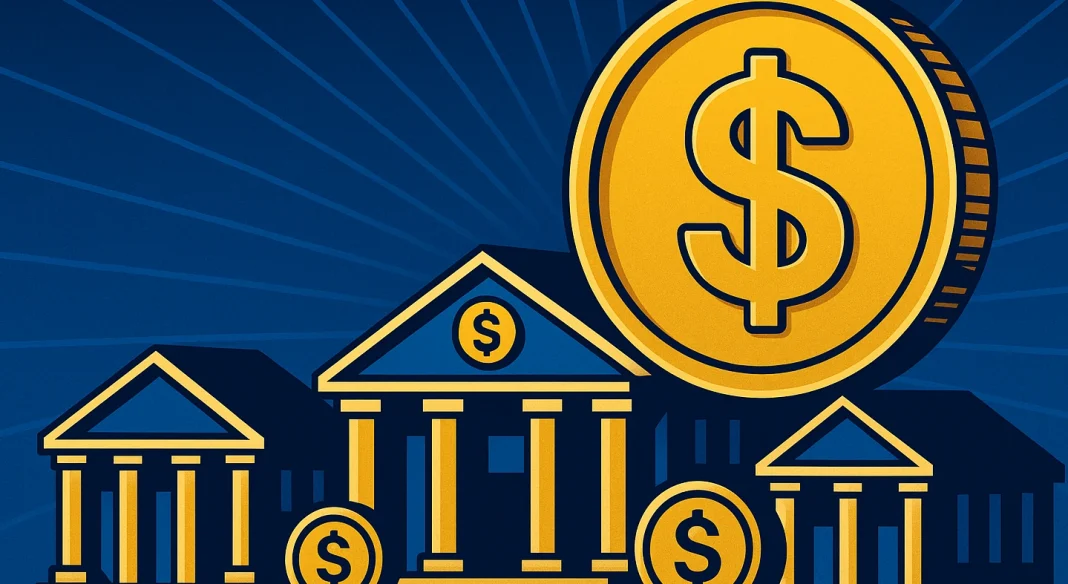Borderless money for the people. Not the flashy memecoins or wild pump-and-dump schemes, but the stablecoins.
USDT, USDC, and the gang are quietly pulling off the original promise of crypto, borderless, reliable money that doesn’t play by the old rules.
Fellow crypto expert Shrishesh Tanksalkar just dropped an article about this, and it’s an excellent read!
Peer-to-peer electronic cash
So, traditional finance? Locked down by borders, inflation gobbling up savings, and banks playing gatekeeper like some don’t-know-what’s-good-for-you mob boss.
As Tanksalkar highlighted, people in places like Argentina, Nigeria, and Turkey?
They’ve been living this frustration, watching their hard-earned pesos, naira, or lira lose value faster than a sandwich disappears at an office meeting.
But then you know what happened? Enter stablecoins, digital dollars living in apps, moving through peer-to-peer trades, and exchanged on social media platforms.
They’re a new kind of dollarization, underground but powerful. Argentines swap their constrained pesos for USDT through trusted fintechs like Lemon Cash or Binance.
Nigerians? When banks clamped down on crypto transfers, they took to WhatsApp and Telegram for P2P stablecoin deals, sending remittances without the middleman taking a cut.
Turks use stablecoins not just to save but to pay, making the lira’s volatility a problem of the past.
No banks needed
Here’s a neat trick, stablecoins create what experts call a “Digital Sandwich” payment system.
Locals convert cash to USDT, send funds globally fast and cheap, and then spend it directly or cash out locally. No banks needed. Only smartphone. Fast, seamless, and borderless.
But of course, this sweet freedom comes with risks. Governments fret over losing control of money supply, regulators tighten rules, and users face scams in these not supervised trading zones. So yes, freedom comes with a price.
The future?
Tanksalkar predicts that stablecoins could either become a fully regulated part of financial systems, slashing cross-border fees and boosting inclusion, or they’ll be pushed underground, fraught with fragmentation and risk.
Most likely? A so-called hybrid model where retail users get freedom with a leash, but regulators keep a watchful eye.
Also, one shouldn’t forget it’s about economic autonomy for freelancers, gig workers, migrants, everyday people tired of watching inflation eat away at their saving accounts.
Stablecoins are giving them a chance to save, spend, and thrive beyond borders.
So, the next time you hear crypto, don’t just think digital gold or get-rich-quick tokens.
Think stablecoins, the real heroes quietly delivering crypto’s oldest, maybe the boldest promise, money without borders, for the people.
Disclosure:This article does not contain investment advice or recommendations. Every investment and trading move involves risk, and readers should conduct their own research when making a decision.
Kriptoworld.com accepts no liability for any errors in the articles or for any financial loss resulting from incorrect information.
Cryptocurrency and Web3 expert, founder of Kriptoworld
LinkedIn | X (Twitter) | More articles
With years of experience covering the blockchain space, András delivers insightful reporting on DeFi, tokenization, altcoins, and crypto regulations shaping the digital economy.
📅 Published: August 19, 2025 • 🕓 Last updated: August 19, 2025
✉️ Contact: [email protected]


